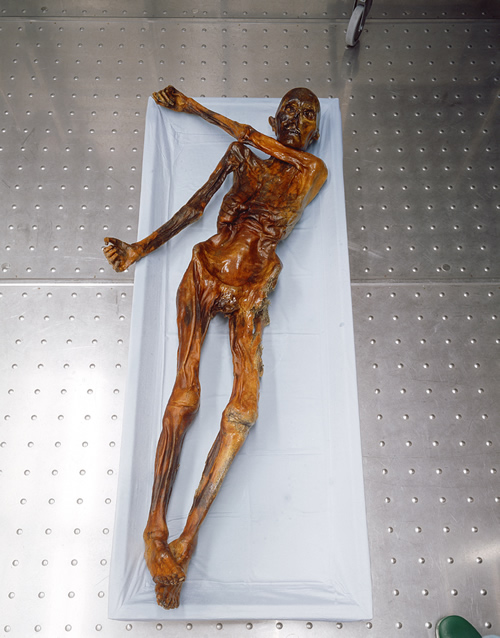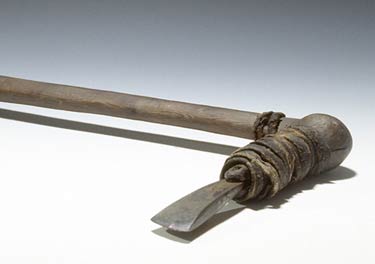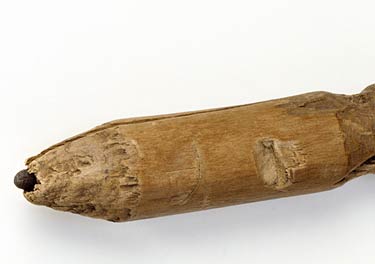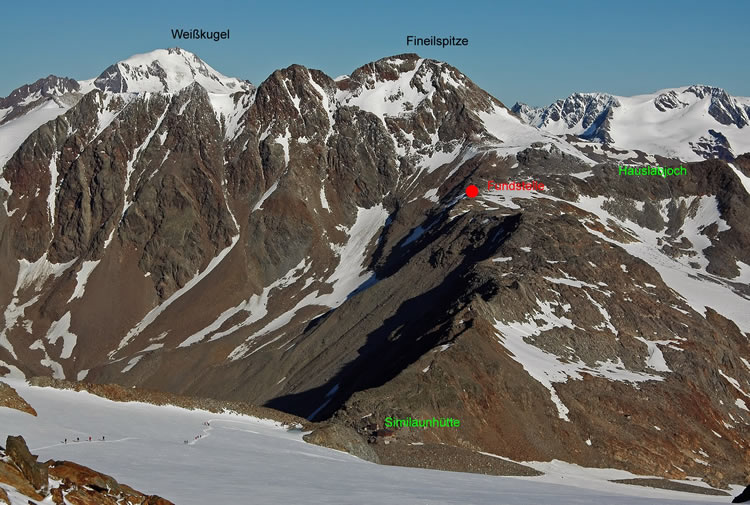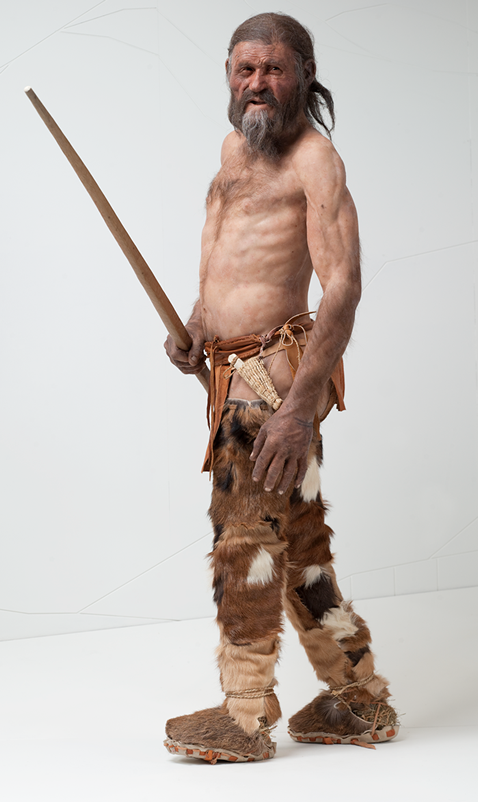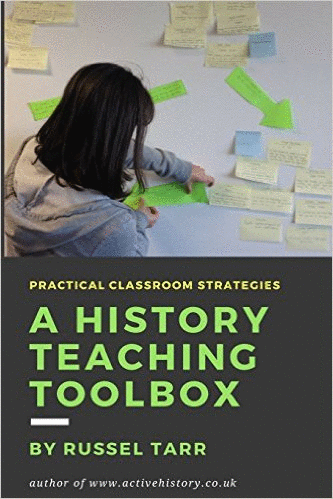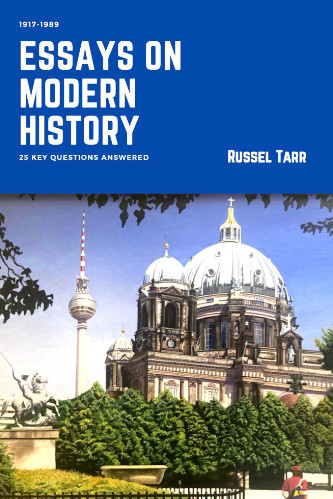Transform your history classroom
ActiveHistory provides educational, award-winning interactive simulations, decision-making games, self-marking quizzes, high-quality worksheets and detailed lesson plans for the school history classroom. All resources have been designed by full-time history teacher Russel Tarr.
An ActiveHistory subscription provides everything you need to construct and deliver a History course from start to finish for the entire 11-18 age range!
These consist not just of lesson plans, worksheets and teacher notes, but also multimedia lectures and interactive games and historical simulations ideal for remote learning and self-study.
World History teaching resources for the high school classroom: lesson plans, worksheets, quizzes and simulation games for KS3, IGCSE, IB and A-Level teachers.
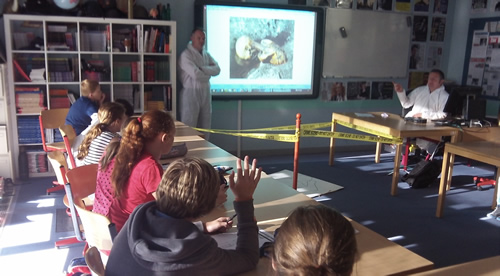 CSI History: The Iceman Mystery
CSI History: The Iceman Mystery
This project provides an intensive and exciting induction programme to new secondary school students and to highlight links between Geography and History from the outset.
- The unit follows the format of the "History Mysteries" lessons on ActiveHistory.
- These are designed as stand-alone projects which each last 3-4 hours.
- Through engaging historical topics, they teach skills of problem formulation, deductive reasoning, independent research, groupwork and structured writing.
- There is a standard Teacher lesson plan and Student record sheet / markscheme for each activity.
- My students complete at least one "History Mystery" project each year. Because the mark scheme stays the same, they provide a particularly useful way of measuring student progress. More importantly, they start each year's studies with a sharp and interesting focus.
How it works
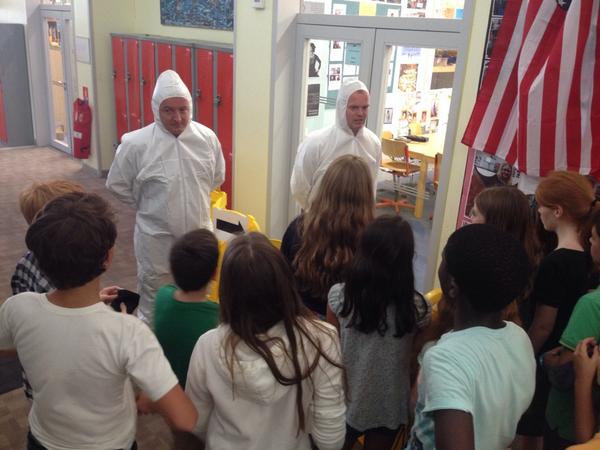
Stage 1: The Roleplay
The first part of the History Mystery consists of a roleplay element led by the teacher, usually involving some props. This is deliberately designed to pique the curiosity of the students. The role card for the iceman mystery looks like this:
Based on this initial introductory roleplay, the class is then invited to come up with a series of preliminary questions for investigation (e.g. "Who is this?", "Why did they...?", "When did...?", "What is...?", "Where are we?"). In the case of the iceman mystery, the questions that students came up with as a starting point included the following:
- Are we at the scene of a murder, or an accident?
- How did this person die?
- Was this person pushed or did they jump?
- Was the victim a child (the body seems very small)?
- What sort of place could this be associated with the howling wind sound effect?
- Are we high up? On a balcony? In the forest? On a rooftop?
- Where are we? Inside or outside?
Stage 2: The Images
The next part of the investigation involves showing the students a series of images on the whiteboard. Each image helps the students to formulate fresh questions, amend existing ones or even form some provisional answers.
The images we use in the iceman mystery can be downloaded as a .zip file. They are shown below too, along with the sorts of questions which students came up with:
Stage 3: Deciding upon the 5 Key Questions
On scrap paper, students work individually to identify what they think are the five “Big Questions” that require further investigation.
NOTE: some of these questions may be taken directly from the list; it is more likely though that students will form broader questions which aim to encompass several “mini-questions” from the list.
The teacher then leads a classroom discussion to gather a list of ‘big questions’ and to narrow these down to what we consider to be the most popular five questions overall.
The students then write these five questions down in their sheets. They should also write a provisional answer against each one to reflect what they think is currently the most likely answer.
During this times the teacher can be cutting up the evidence slips ready for the next part of the investigation (see below).
Stage 4: The Information Slips
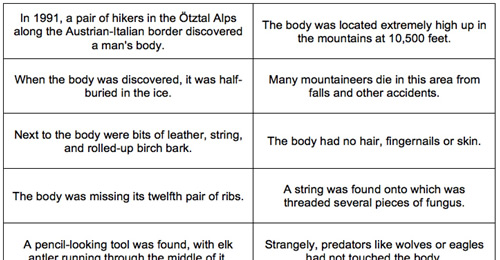
This question formulation / resolution process then continues with a series of information slips shared amongst the class. One slip is handed out to each student and they use this to come up with a fresh question or (even better) to provide a possible answer to one of the "five big questions".
There are lots of these slips, so students who work more quickly than others can be given a second or even a third slip. Once all the slips have been handed out and analysed in this way, the students are put into groups to compare their findings.
I then 'jigsaw' the groups after this feedback phase: in other words, I create a new set of groups, with each new group containing one member from each of the old groups. The feedback phase is then repeated. In this way, every single slip has the opportunity to be discussed. This is usually a very lively phase and contains quite a few 'Eureka!' moments.
Stage 5: Individual research and write-up phase
Finally, each student produces a written report which is graded against a standardised markscheme.
Specific credit is given to students who demonstrate evidence of independent research: to this end, the teacher could construct a QR Treasure Hunt to accompany the exercise which students could complete at breaktimes. Here is an case study of a QR Treasure Hunt for the Franklin Expedition Mystery.
At the International School of Toulouse, we were lucky enough to have a Google Hangout Video Conference with Alan @geoblogs Parkinson, author of a book on the Iceman. This allowed the students to ask questions directly of an expert witness and added another great dimension to the experience!
Video Resources for the personal research phase
Otzi Documentary 1 (1993) | Otzi Documentary 2 (2010) | Otzi Documentary 3 (2010)
ActiveHistory Mysteries homepage

© 1998-2025 Russel Tarr, ActiveHistory.co.uk Limited (Reg. 6111680)
1 Torrin Drive, Shrewsbury, Shropshire, SY3 6AW, England
Privacy Policy | Contact


